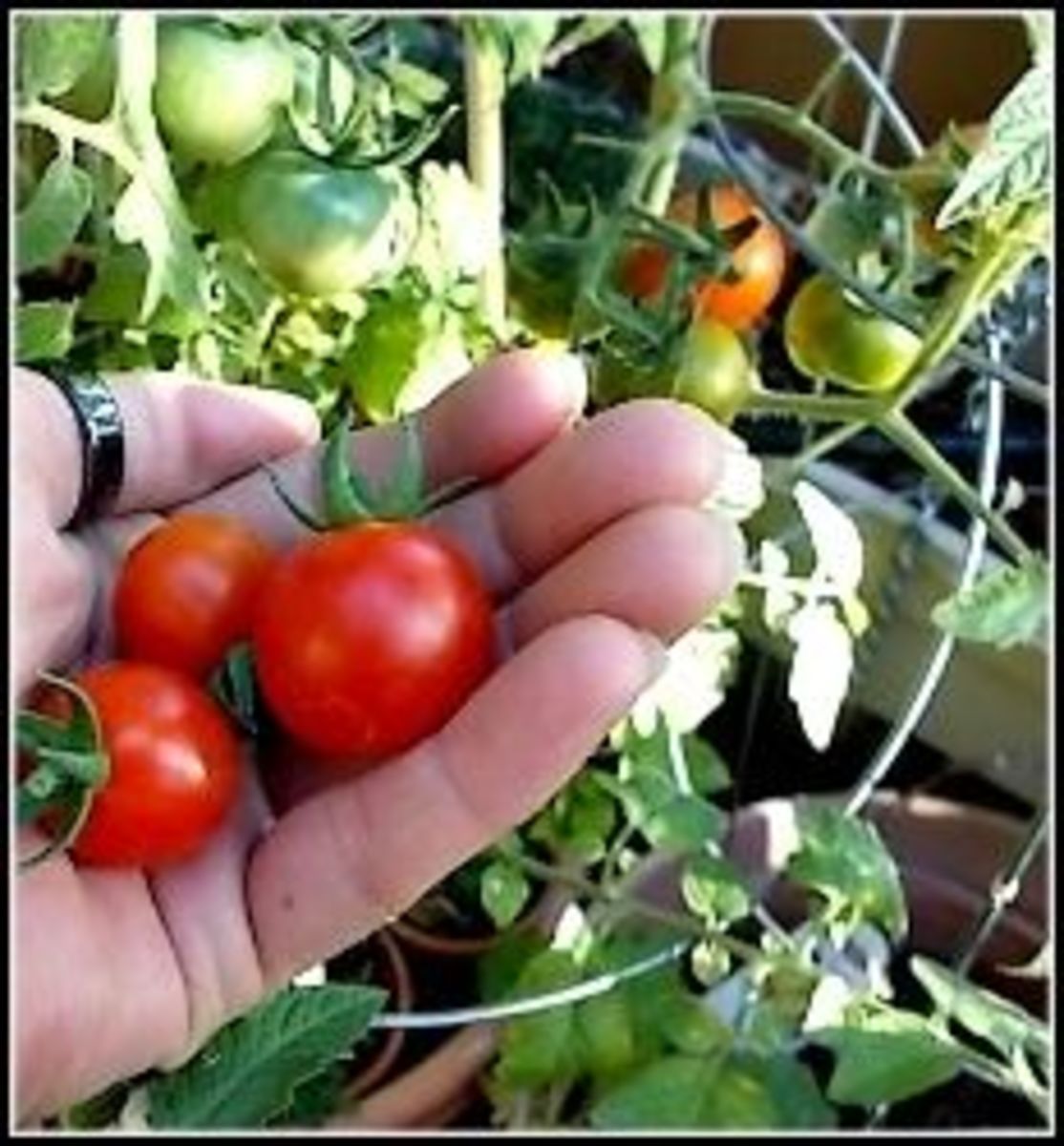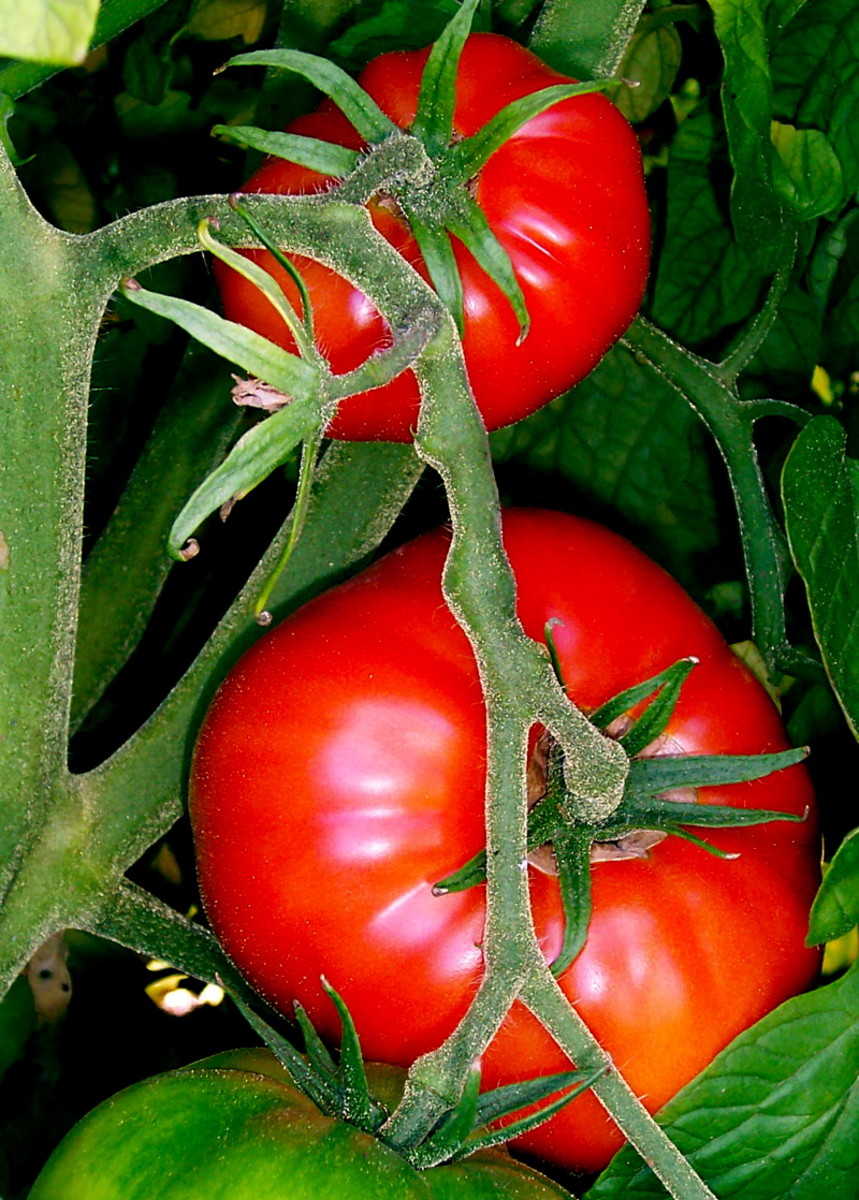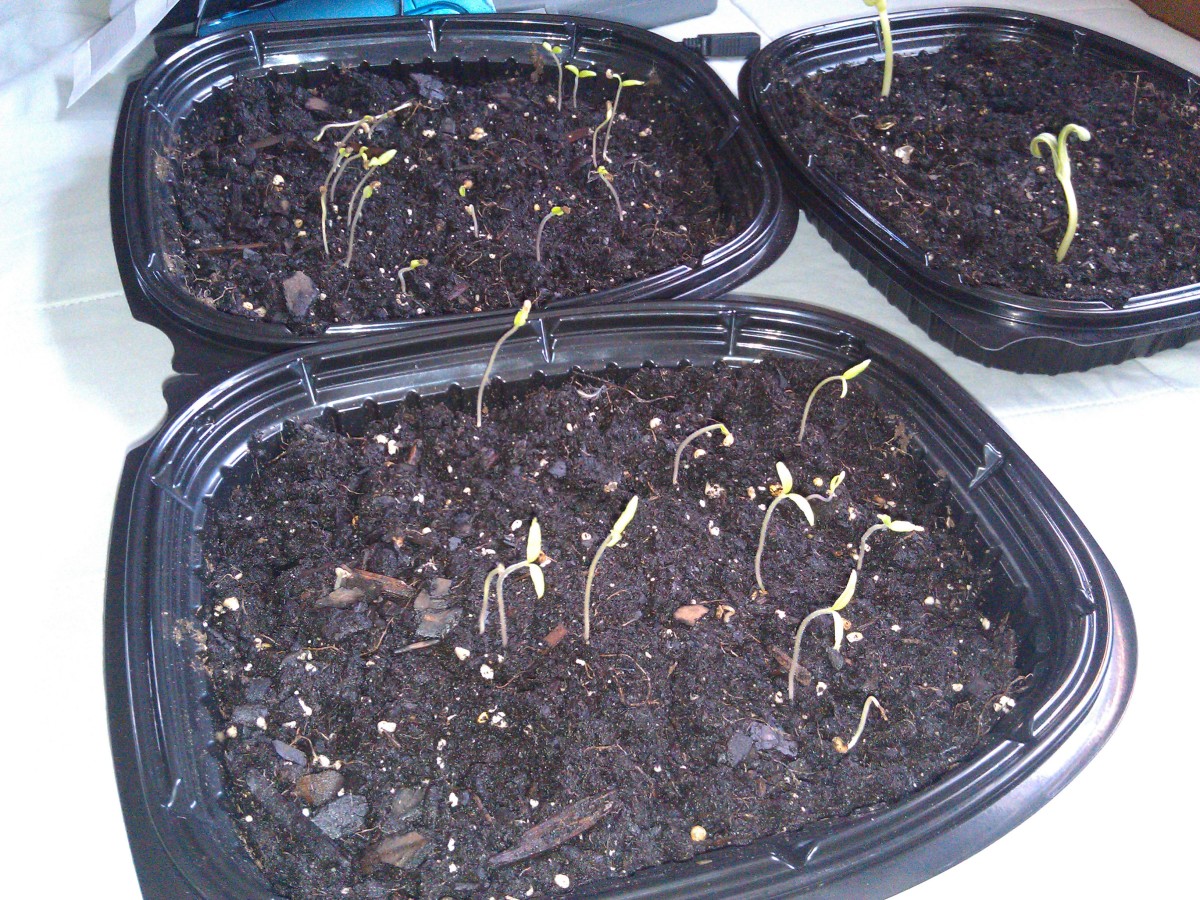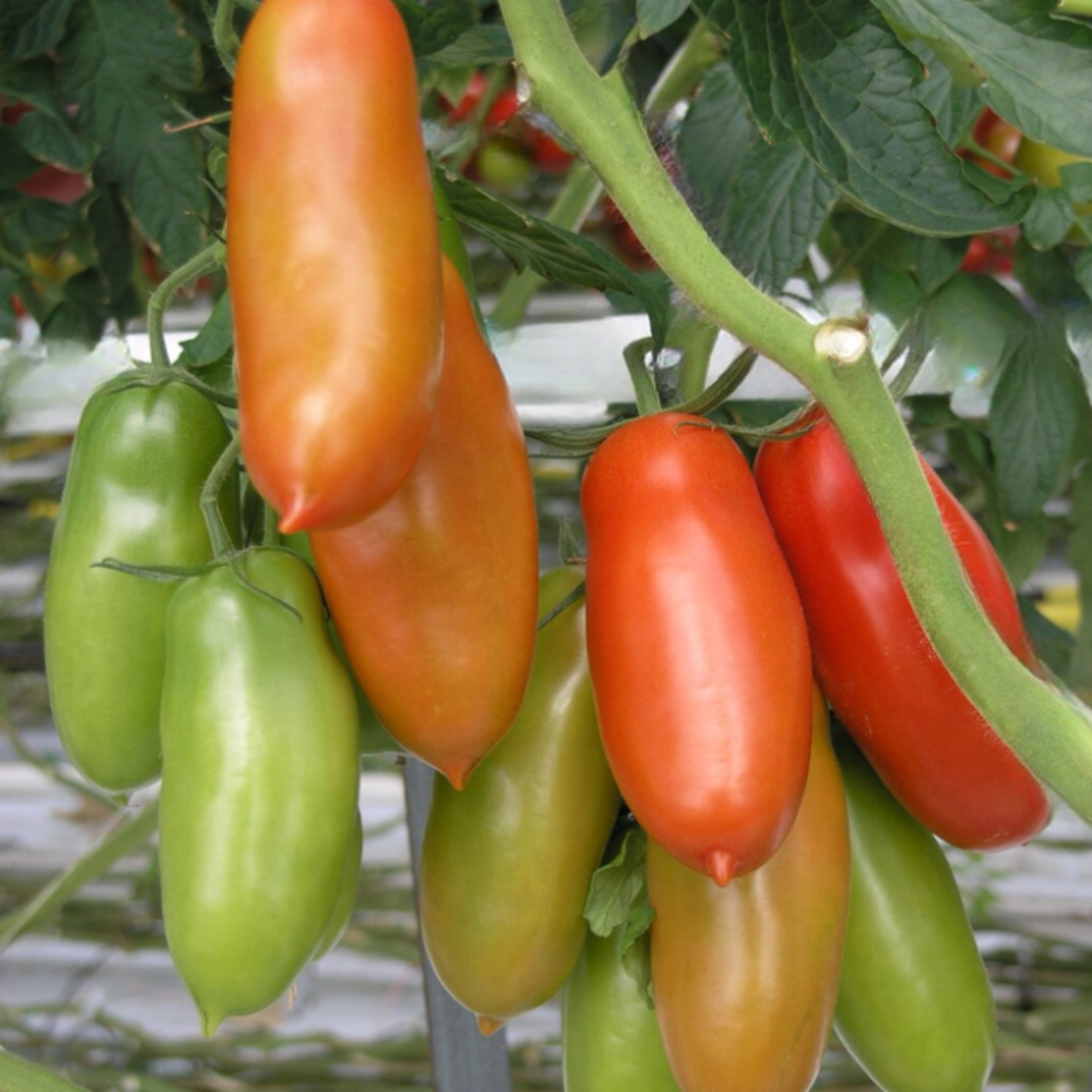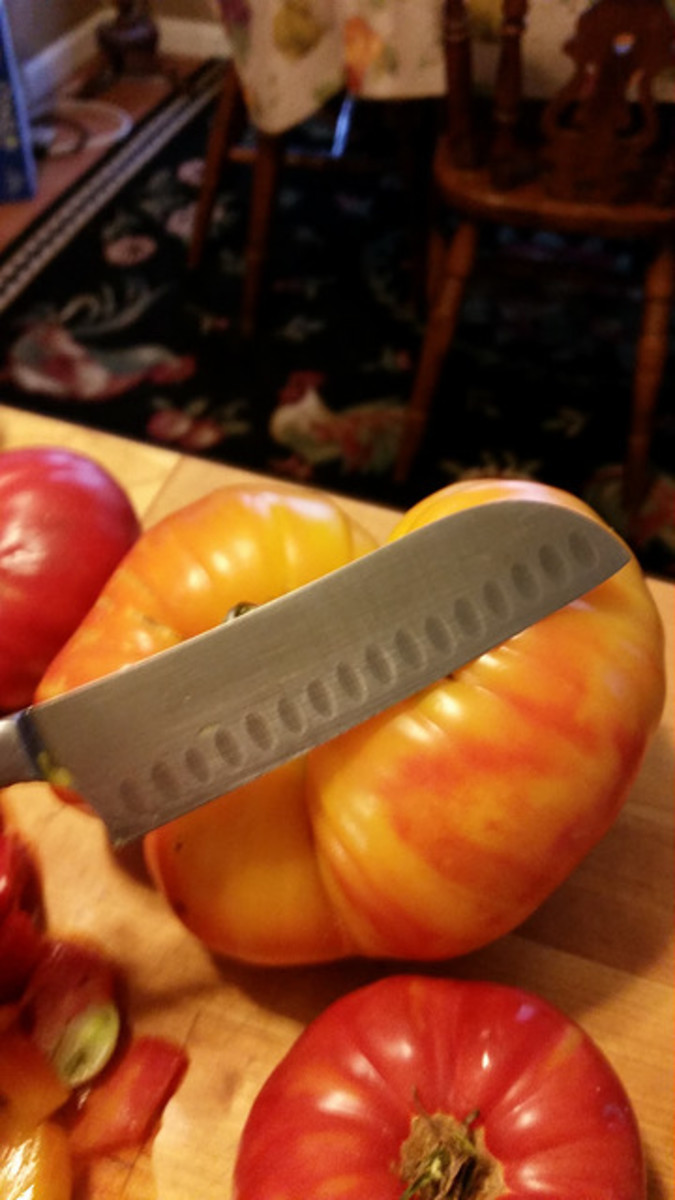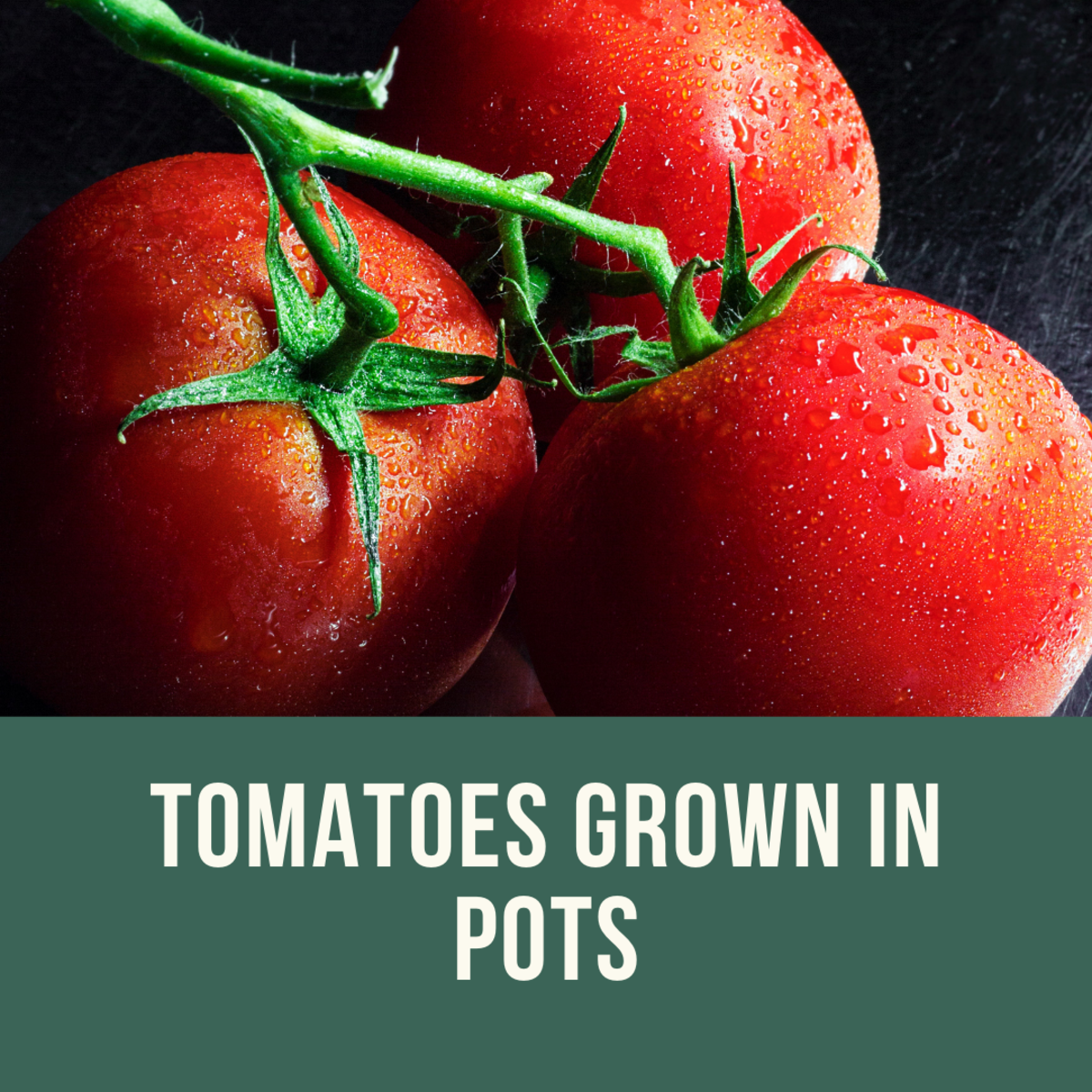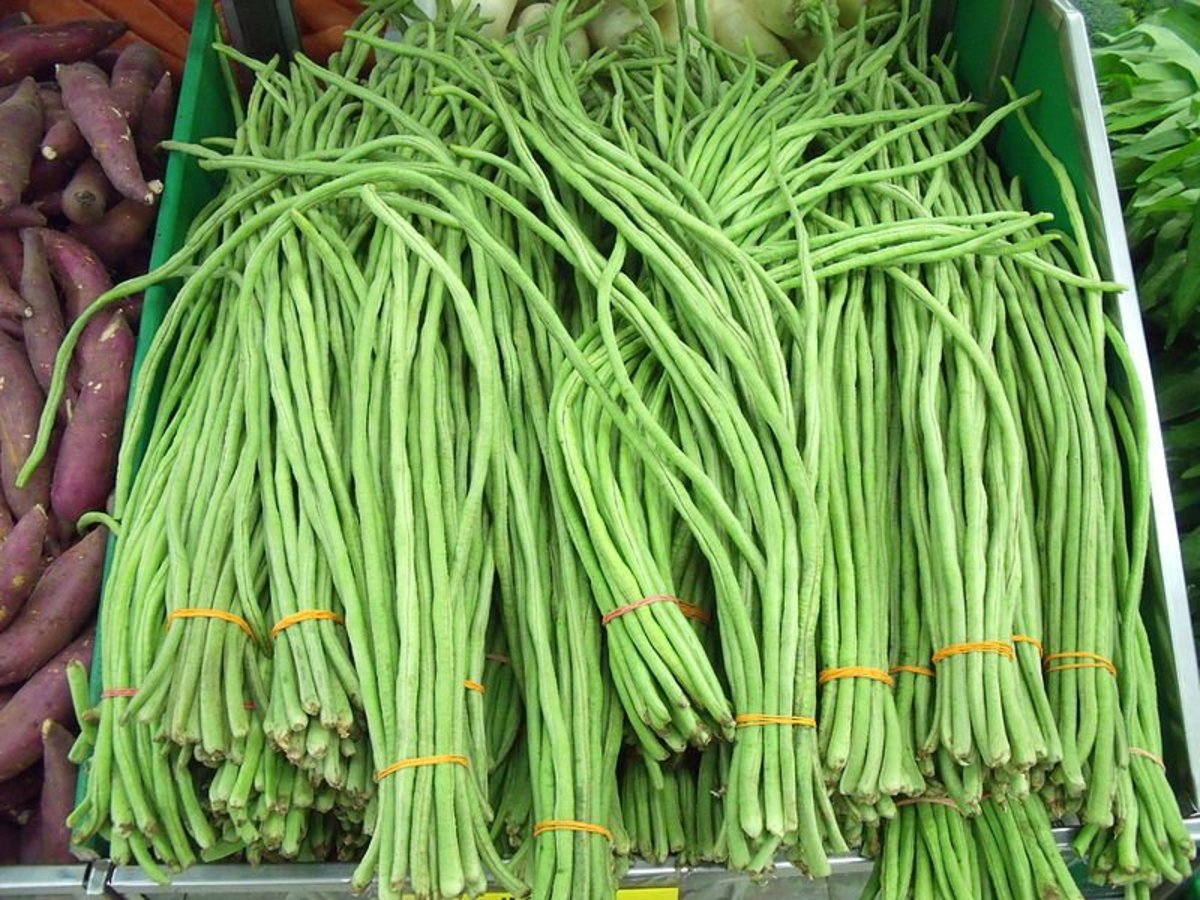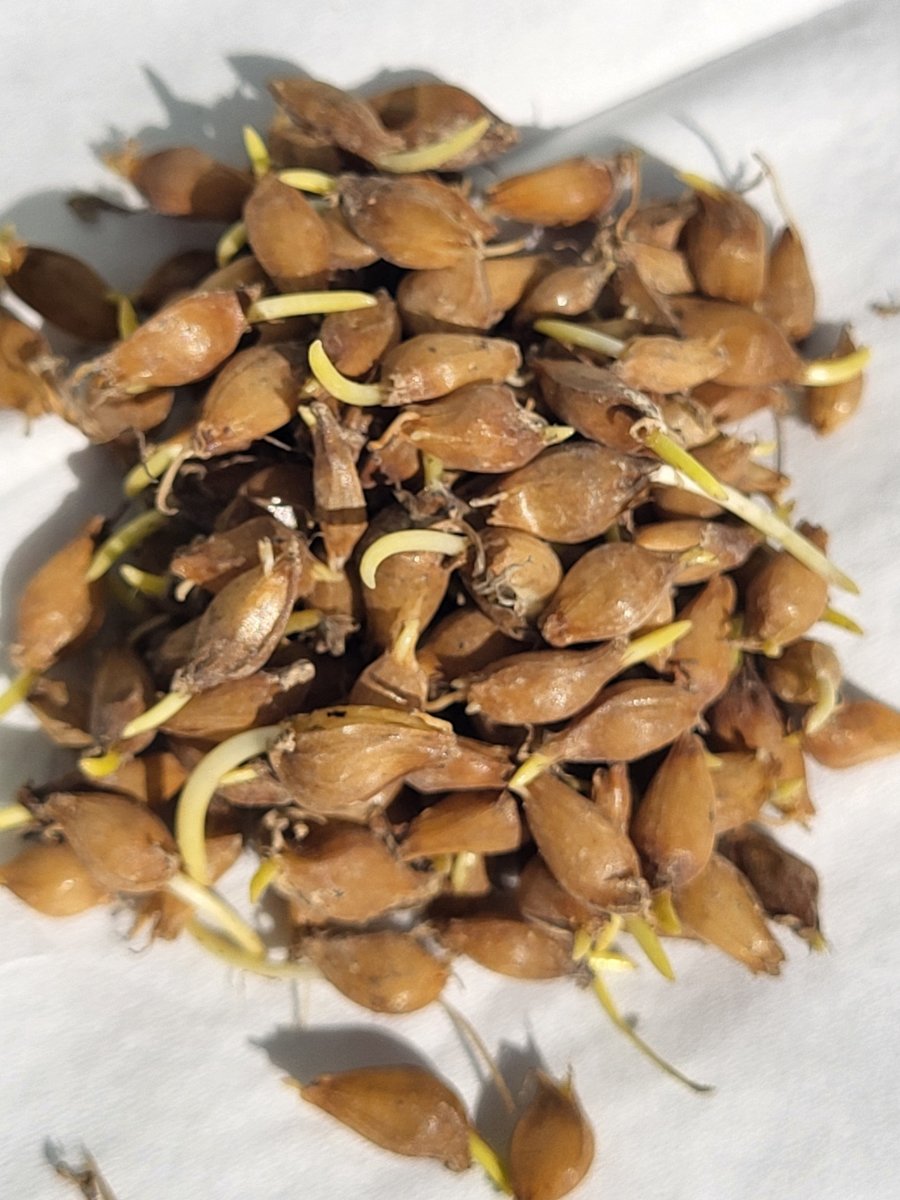Determinate vs. Indeterminate Tomatoes
Growth Habits of Tomatoes
The difference in determinate vs. indeterminate tomatoes is an important one if you want to make sure you get a bumper crop of these delicious garden treats. Before you decide which tomato varieties to grow this year, decide which type of tomato fits your garden site best.
Along with your choices of which tomato variety to grow and whether you want to go with hybrid or open-pollinated tomatoes, selecting a tomato whose growth habit you understand will help you to get the most out of it.
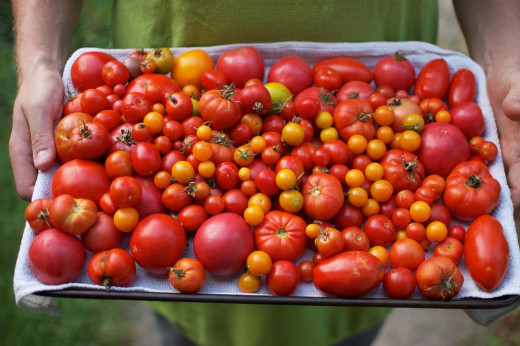
Supporting Tomatoes
If you choose indeterminate plants, get some quality support like a heavy-duty cage or tomato ladder.
Indeterminate Tomatoes
Indeterminate tomatoes are truly vines. Like any other vine, they will continue to grow and grow. In the absence of winter, they would just keep growing. For most people where winter is a reality, indeterminate tomatoes can only grow so far, but they can easily reach heights in excess of 6 feet by the end of summer.
Indeterminate tomatoes continue to vine by sending out shoots just between the main stem and each leaf stem - the side stems that contain only leaves. These new vines grow in at a 45 degree angle from that intersection and each one will grow into a full-sized tomato plant off of the main stem. This growth habit of indeterminate tomatoes means that they will get very full over time.
With indeterminate plants, you can expect to harvest fruit over a long season and at a steady pace. Since new vines and buds are always being produced, new fruit just keeps developing again and again.
When growing tomato vines like these, some sort of support is best. They can be let to grow naturally, but the result will be some added difficulty in harvest. Tomato cages are often used, but indeterminate tomatoes will nearly always outgrow these structures unless they are tall and strong. In addition to tomato cages, consider growing tomato vines on a pole or 2x2, a tomato ladder, or prune them to maintain control.
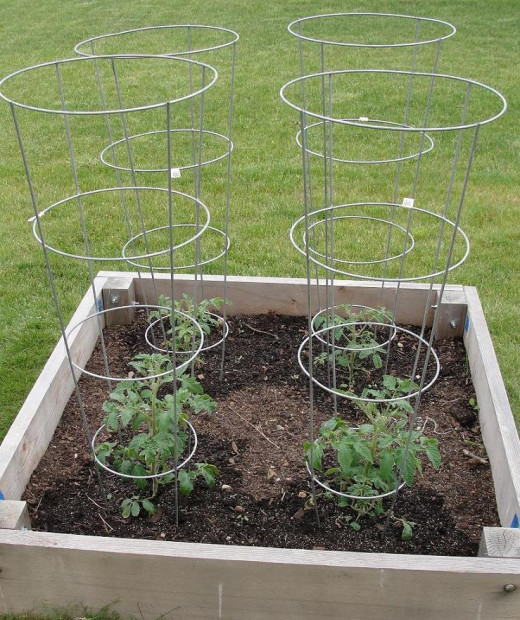
Determinate Tomatoes
Determinate tomatoes grow in a bush form. This does not imply that all determinate varieties grow to the same height, but they do share a similar growth habit.
A determinate tomato plant grows to a certain point and does not send out new vines shoots in the same way that an indeterminate tomato does. This means that the growing height is controlled. It also means that buds and fruit will form largely over a shorter period of time.
With these plants, your harvest will be heavy in mid-summer, dropping off after the big wave of fruit has been harvested. This makes determinate tomatoes a great choice for those who like to can or freeze their bounty, since there will be a lot of fruit ripe at the same time.
The shorter height also makes these plants better candidates for a large pot, and they will stay neatly in a tomato cage if desired, since the top vines will not keep growing up and over the top ring of the cage. When looking for the best patio tomatoes, consider searching amongst the determinate varieties.
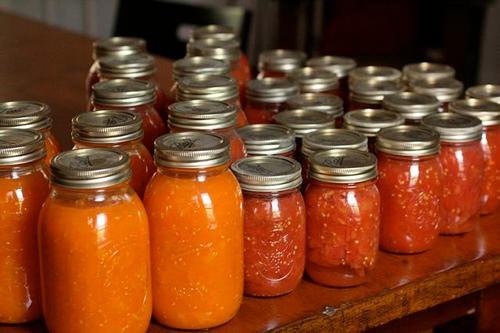
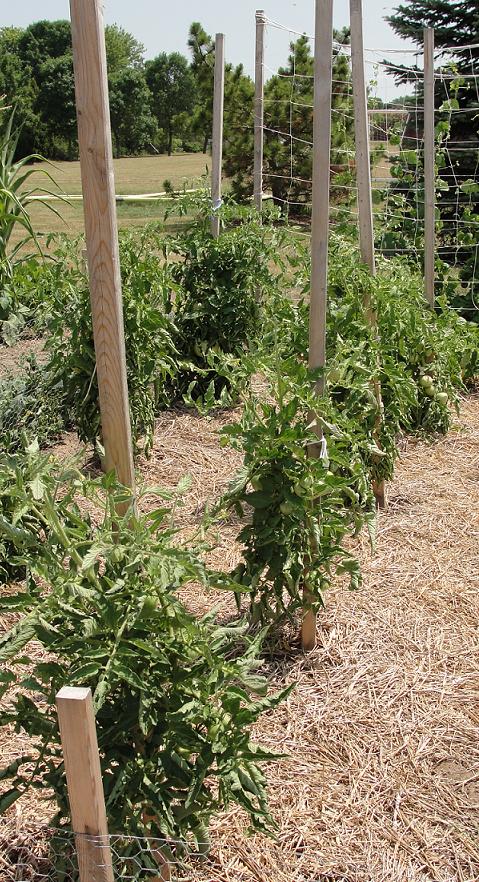
Pruning Determinate and Indeterminate Tomatoes
To prune a tomato is to remove some of the new vines that grow from the main stem. The purpose of pruning a tomato plant is to keep it under control, to let sunlight into the plant, improve air flow, or just keep it from outgrowing its cage or garden trellis.
Determinate tomatoes really require no pruning. Since they only grow to a fixed height, it is best to let them grow naturally and provide support as needed. For nearly any determinate tomato, a simple tomato cage will do nicely. Just be sure to buy a quality tomato cage, since these plants get loaded with fruit all at once, which can cause branches to sag.
Indeterminate tomatoes should be pruned if you want to keep the garden tidy, especially if you are growing in a small raised bed garden. They can be left to roam, and I have had wonderful results with this hands-off approach, but it takes up a lot of space. I have found that pruning determinate tomatoes improved yield, reduces diseases, and makes harvest much easier.
How much you prune depends on your objective. Tomatoes grown on a single 2x2 post may be pruned to only the main stem, or to 2-3 stems before all other are removed. A plant grown in a tall tomato trellis could easily support 4-5 vines if desired. My recommendation is to prune a plant on a single pole to 2 vines, and a plant in a cage to 4. This seems to make each method very manageable while maximizing fruit per square foot.
New vines should be snapped off with your hand when still young, so pruning is at least a weekly task, if not more frequent. Simply bend the young vine to snap it off cleanly and move on to the next one.
Which Type of Tomato is Best?
There is no good answer for this question, since it depends on you and your garden space. I would recommend that you experiment with both types if your garden will allow. Still, there are some important factors. For those growing only in pots, stick with determinate plants to keep them under control, or be ready to prune indeterminate plants heavily to keep your pot from tipping over. Those with plenty of room will find a much wider selection of indeterminate seeds and plants for sale.
Because I have grown to enjoy some determinate varieties, I grow both types each season. Why not try both in your garden this year too?


